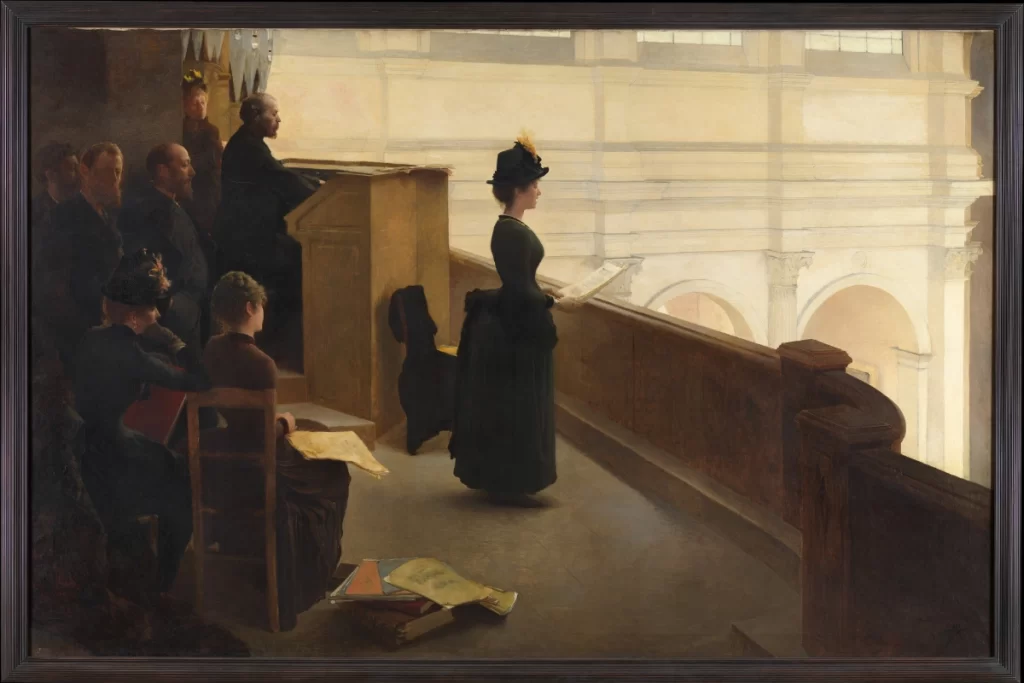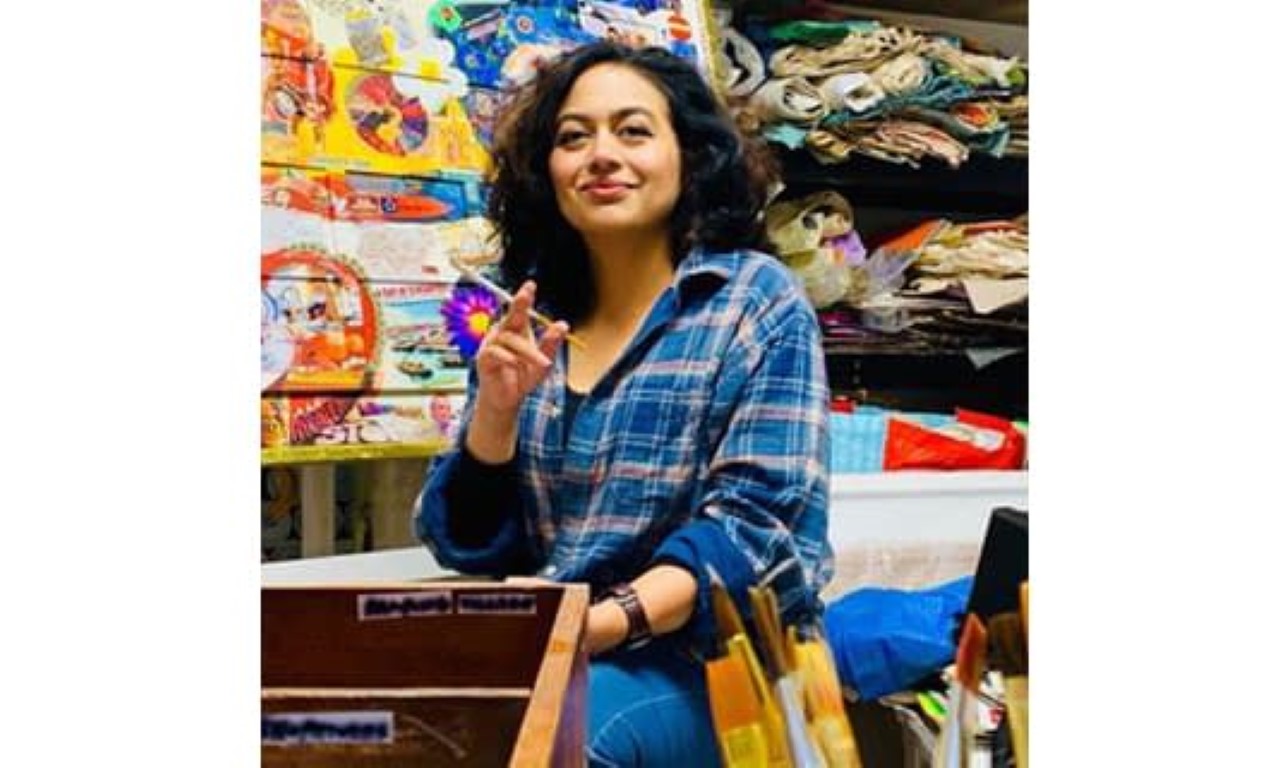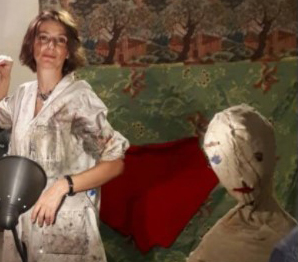Who was Artist Henry Lerolle?
Born on October 3, 1848, in Paris, artist Henry Lerolle was the second son of Adele-Edme Delaroche and Pierre Lerolle, a bronze manufacturer, engraver and landscape painter. Henry began studying the violin at a very young age with Edouard Colón. He was a music prodigy. At the age of sixteen, Lerolle entered the studio of a former student of Ingres, Louis Lamothe, who taught many artists of that generation, including Edgar Degas. He got the basic knowledge of art from this studio.
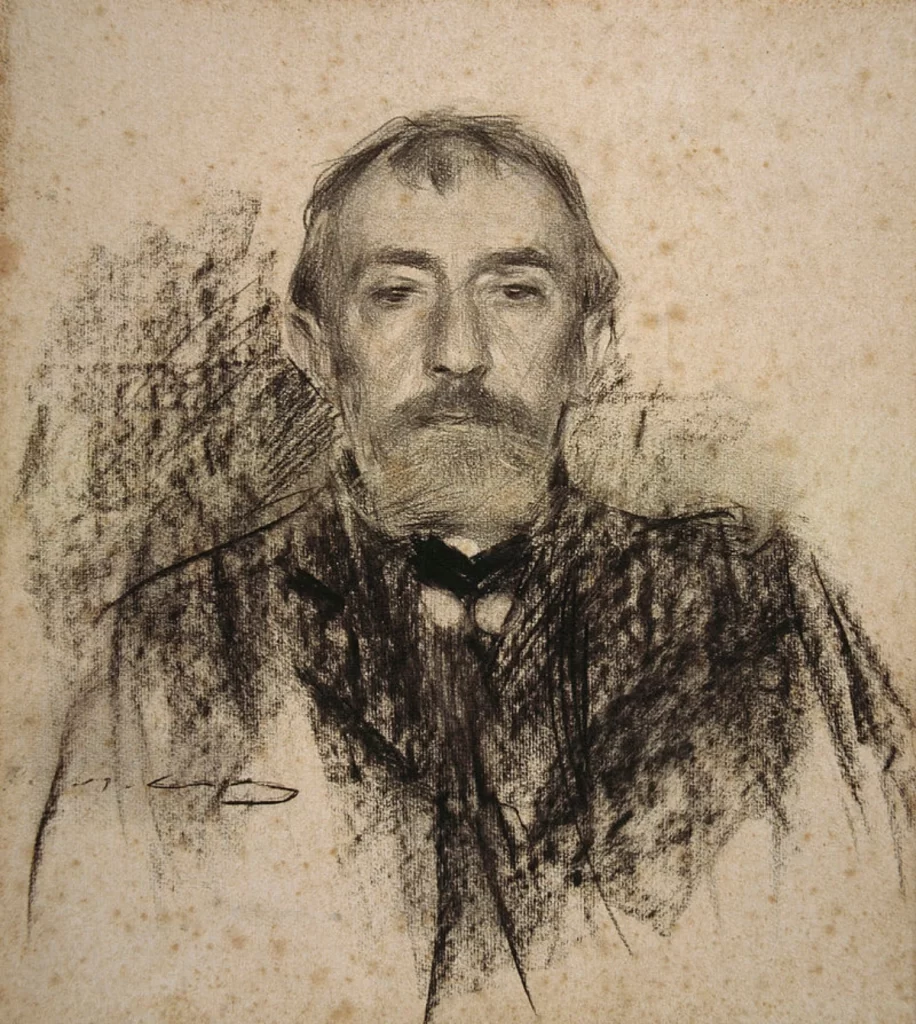
Courtesy – Wikipedia
His’s paintings were exhibited at the Paris Salon in 1868 and through the 1870s and 1880s. One of the notable large-scale paintings by Henry Lerolle hangs at the Hotel de Ville, Paris. You may also see them at the Metropolitan Museum of Art, the Museum of Fine Arts, Boston, the Musée d’Orsay and the Fine Arts Museums of San Francisco.
Henry Lerolle Art Influence
He was a friend and collector of artists such as Degas, Denis and Vuillard. Renoir painted portraits of Lerolle and his daughters, and Debussy dedicated piano works to Lerolle’s daughter Yvonne. He was the first patron of Maurice Denis, who greatly supported his early work and was a friend of the composers Debussy and Dukas.
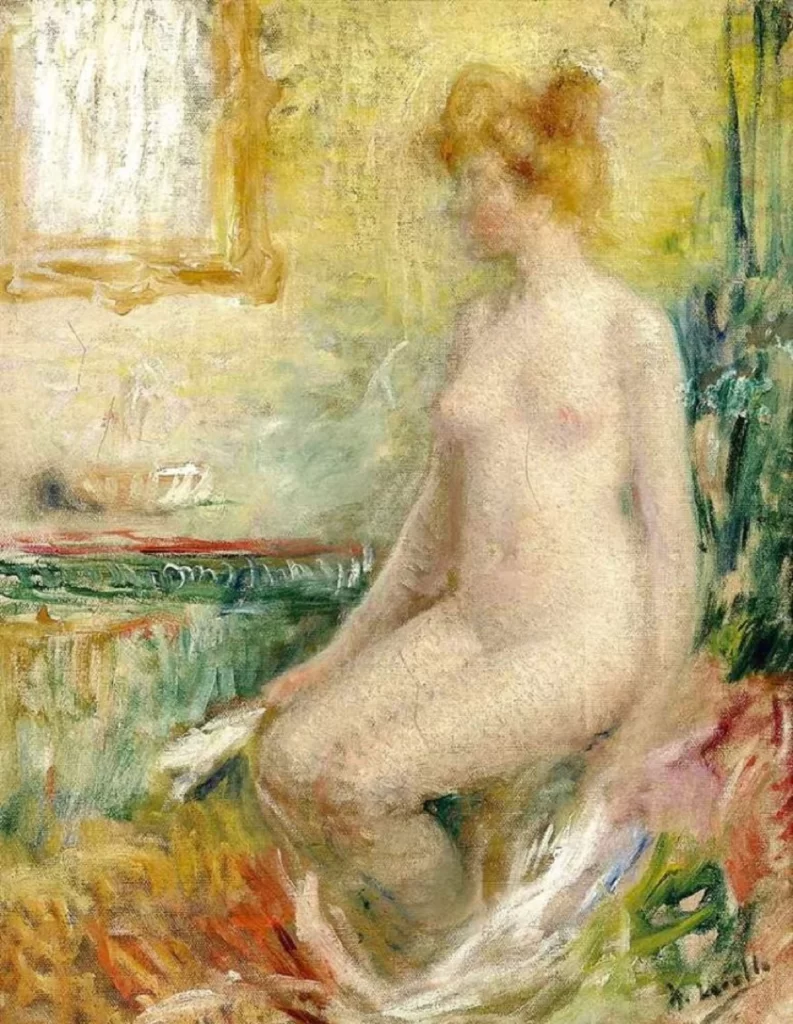
Courtesy – The Athenaeum
He collected the works of Bonnard, Degas, Denis, Renoir, Vuillard and other colleagues with his brother, composer Ernest Chausson. Artist Henry Lerolle, himself a composer, proved his reputation as a delicate colourist and master of form with his visual arts. Painting by Henry Leroll depicting his mother is reminiscent of Whistler in its colour palette and composition in profile. It is currently exhibited at Musée d’Orsay.. Henry married Madeleine Escudier, also an accomplished musician, on February 8, 1876.
Tracing the Journey of Henry Lerolle’s Art Passion
He devoted himself to painting with passion. First known for his religious painting, a genre he helped revive by introducing concrete realism, he received critical acclaim at the 1874 Salon for Le Baptême de Saint-Agoir et Saint-Agilbert.

Courtesy – Artvee
From the 1880s, Henry Leroll’s paintings showcased his penchant for outdoor scenes, a keen observer of rural life. Many of his works represent women at work, such as Les Moissonneuses (The Reapers) (Musée des Beaux-Arts in Mulhouse) or Une Paysanne Portant Deux Seaux (A Peasant Woman Carrying Two Buckets) (Musée des Beaux-Arts in Orléans). The Organ Rehearsal is the most famous painting by him. It features members of his intimate circle. During this decade, the painter alternated between nature-based themes and religious themes.
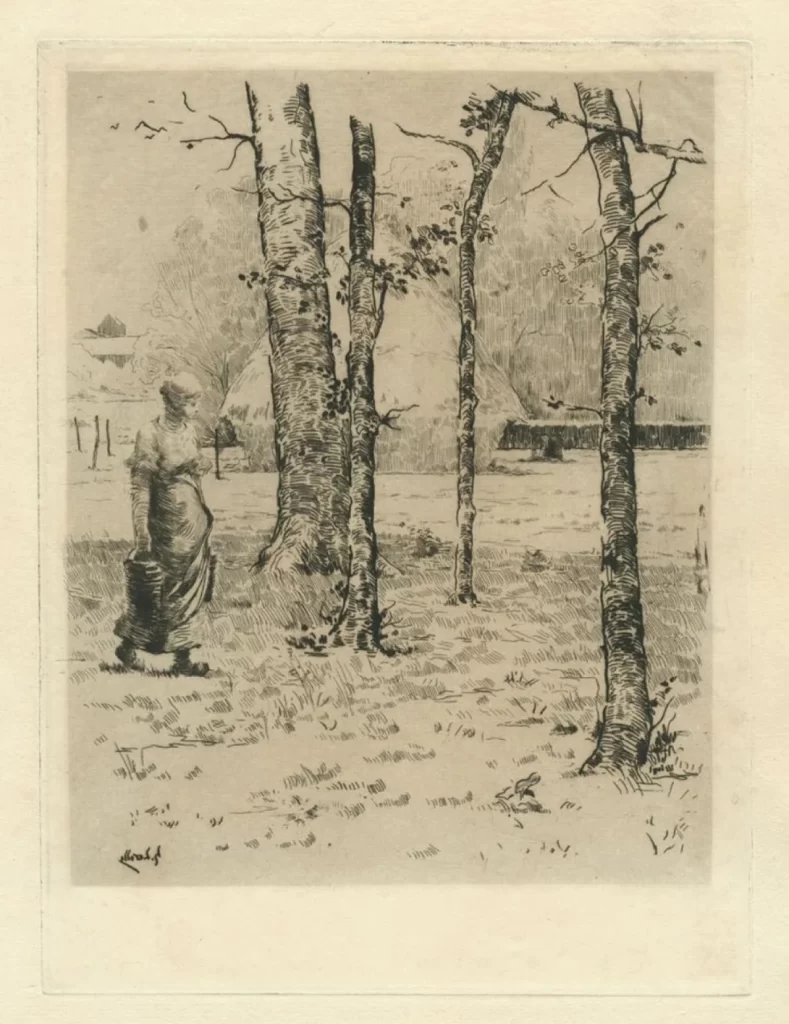
Courtesy – Armstrong Fine Art
Henry Lerolle’s Final Years
He died on April 22, 1929 and was buried in Père Lachaise Cemetery. Shortly after his death, his friend Maurice Denis paid tribute to him in a small book, which, without nostalgia, reported on the glorious circle of friends around the artist and his family.

Courtesy – Galerie Ballesteros
“How can one say enough about his charm, his conversation, his friendship… he simultaneously embodied a grand bourgeois and a street kid of Paris.”
Image – Henry Lerolle. The Organ Rehearsal (1885). Courtesy – The Metropolitan Museum of Art


